Why winter is the best time to visit Lisbon
The Portuguese capital shines even brighter in the cooler months, and fewer tourists is just one of the bonuses.
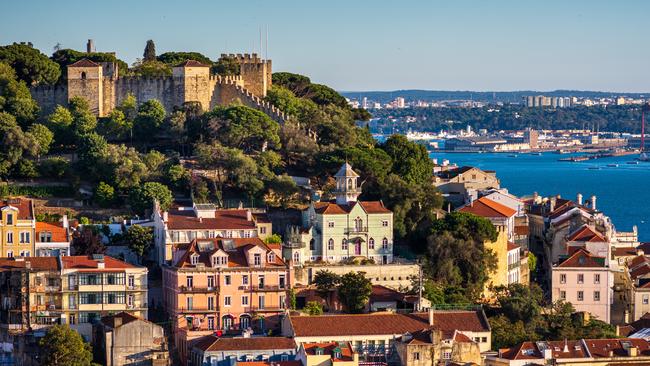
In the shadow of the imposing Padrao dos Descobrimentos, a not uncontroversial monument to Portugal’s “Age of Exploration” on the north bank of the mighty Tagus River, I am lunching on fat local oysters and vinho verde in the winter sunshine, while a nearby busker plays Coldplay’s Yellow on an electric violin (you can’t have everything). It’s January but I’m not even wearing a coat. And my lunch of three enormous oysters and wine, from the Ostras Sobre Rodas (oysters on wheels) food truck, has come in at just $15. My inaugural, firmly off-season visit to Lisbon is off to a good start.


Does Lisbon get cold in winter?
With its mild climate compared to other parts of Europe and still relatively low cost of living, it’s not hard to see why up to 20,000 digital nomads from the US, Britain, Brazil and other countries have decamped to Portugal’s capital in the past four years, encouraged by generous visa schemes. Alfama, the picturesque area below Sao Jorge Castle and one of the oldest neighbourhoods, is one area that has boomed in response.
Just a decade ago, thanks to its proximity to the port, Alfama was popular mainly with sailors and prostitutes, with seedy taverns the only hospitality. Now, with its cobbled streets filled with craft shops and cafes, and yellow, pink and blue-painted houses topped by terracotta roofs, the neighbourhood is one of the most visited, most photographed and most expensive places to live in the city.
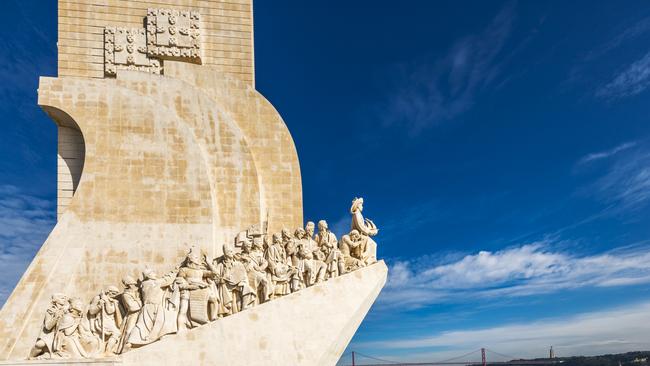
In Campo das Cebolas, the AlmaLusa Alfama, which opened last year, is a meticulously restored 25-room boutique hotel, showcasing Portuguese design, food and drink, in a prime spot in a four-storey, 12th-century building on the site of Roman remains. It’s the second Lisbon hotel for the brand, which also has the AlmaLusa Baixa/Chiado on the nearby Praca do Municipio square. My suite is spacious – two sofas, two fireplaces, a desk and huge lamps – and decked out in soft browns and beiges, with a green palm-tree print behind the bed. Views stretch across the river, and afternoon light streams in from three large windows.
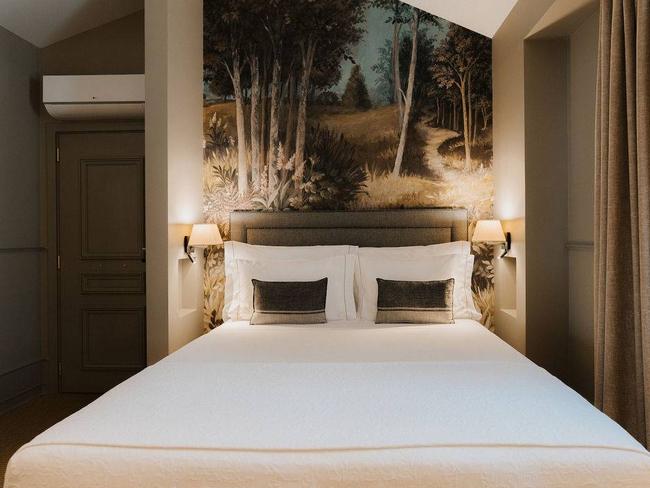
Enjoy the perks of off-season - no crowds
I set off to explore a little of the old town before dark, mainly just following my nose and the signs to the Miradouros, the viewpoints scattered throughout the hilly city where tourists and locals gather to watch the sunset. En route, in a tangle of winding streets near the castle, I stop for a negroni and an empanada at Union, a hip little bar decked out like an old-school ice cream parlour among a cluster of bars, restaurants and clubs. Up at the Miradouro da Graca, one of the city’s best-known spots, families, friends and couples are busily snapping selfies with the colourful city laid out below.
I press on to the lesser-visited Largo do Intendente, another former favourite with prostitutes and drug dealers, now a pretty square lit by twinkling lights in its trees, surrounded by cafes, bars and restaurants.
While prices in Lisbon are rising, much to the chagrin of many locals, it’s cheaper than cities such as London, New York and Sydney, and, consequently, these remote workers are living like kings. But while the disposable income and investment they have brought to the city has undoubtedly helped to fund its revitalisation, such gentrification is a double-edged sword. Rents have doubled in the past decade and are now higher than those of Paris in some areas, while the country, like many others, is facing a housing crisis.
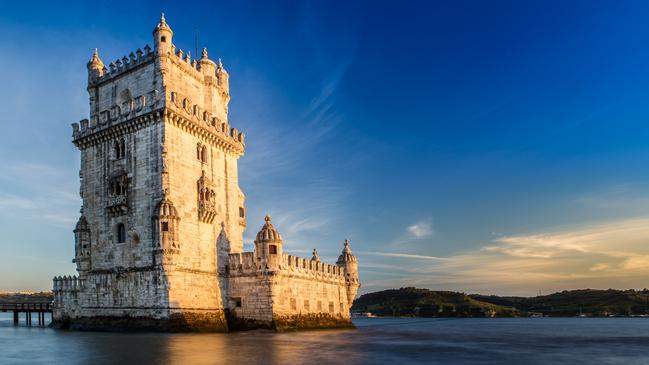
That is not the matter at hand, however, as we roll up to Lounge, a tiny cocktail bar and club that is packed, with dancers spilling out into the street. Tragically out of practice with southern European timings, I scuttle off at 3am, leaving the Lisboetas to it.
Feeling somewhat jaded on Sunday morning, but fuelled by a buffet breakfast spread at AlmaLusa of cold meats, cheeses, breads, cake, fruit and a la carte eggs, I set off to walk the riverside path to Belem Tower, 8km west. The advantage of visiting the city in January is the relative absence of queues and crowds at popular historical sites such as the Jeronimos Monastery – a must-see if you adore spectacular cloisters – and the squat, quirky Belem Tower. The downside, however, is some unpredictable weather. On Monday a storm rolls in and, having spent the morning on an increasingly drizzly (but hugely worthwhile) walking tour of the old town, by afternoon the heavy rain defeats me. After a dash around the neighbourhood to pick up some pieces of jewellery, ceramics and tinned sardines to take home, I swing by Manteigaria, the renowned maker of
pasteis de nata, with several outlets in the city, for a hit of warm custard tart and a shot of ginjinha, the local sour cherry liqueur, before holing up for a few hours in my room.
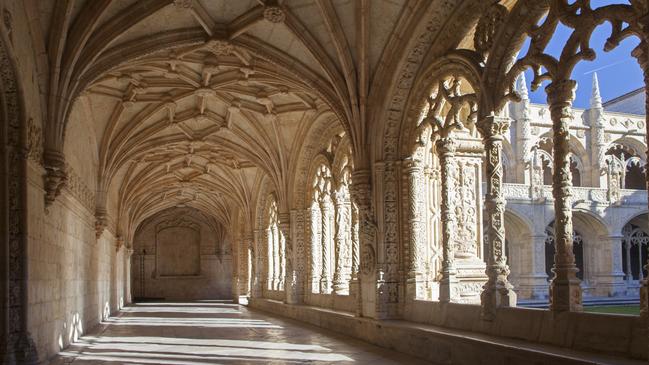
That night, I take an Uber over to Beato in the newly cool “East Lisbon”, where locals and my digital nomad friends are living, working and partying, in part thanks to the newly opened Hub Criativo do Beato, an old factory repurposed into a 3000-person innovation and entrepreneurial incubator. And to keep the creative juices flowing, there are now natural wine bars, taquerias and A Praca, a vast marketplace of food and wine outlets, as well as semi-legal events spaces where huge word-of-mouth parties are happening.
But among the new and hip, there is the delightfully traditional too, such as Casa do Bacalhau, which translates as “the codfish house”, a cavernous old-school restaurant with cosy booths and impeccable service, where we tuck into bacalhau a bras, a silky classic of cod, potatoes, egg and onion. I never manage to make it to a fado show, but I’m told June is one long party month, pegged (very) loosely to the Feast of St Anthony. I’m pretty sure the digital nomads will be up for it.
In the know
- Guestrooms at AlmaLusa Alfama from €207 ($340), twin-share, including breakfast.
- Sao Jorge Castle is open from 9am-6pm, November to February, and 9am to 9pm, March to October. Adults €10.
- Belem Tower is open from 9.30am to 6pm. Closed on Mondays and public holidays. Adults €8.
- Jeronimos Monastery is made up of The Church of Santa Maria and the Cloister. Open 10am to 5.30pm, October to April, 10am to 6.30pm, May to September. The church is free.
- Head to Manteigaria for Portuguese custard tarts.
Jane Mulkerrins was a guest of AlmaLusa.
THE TIMES


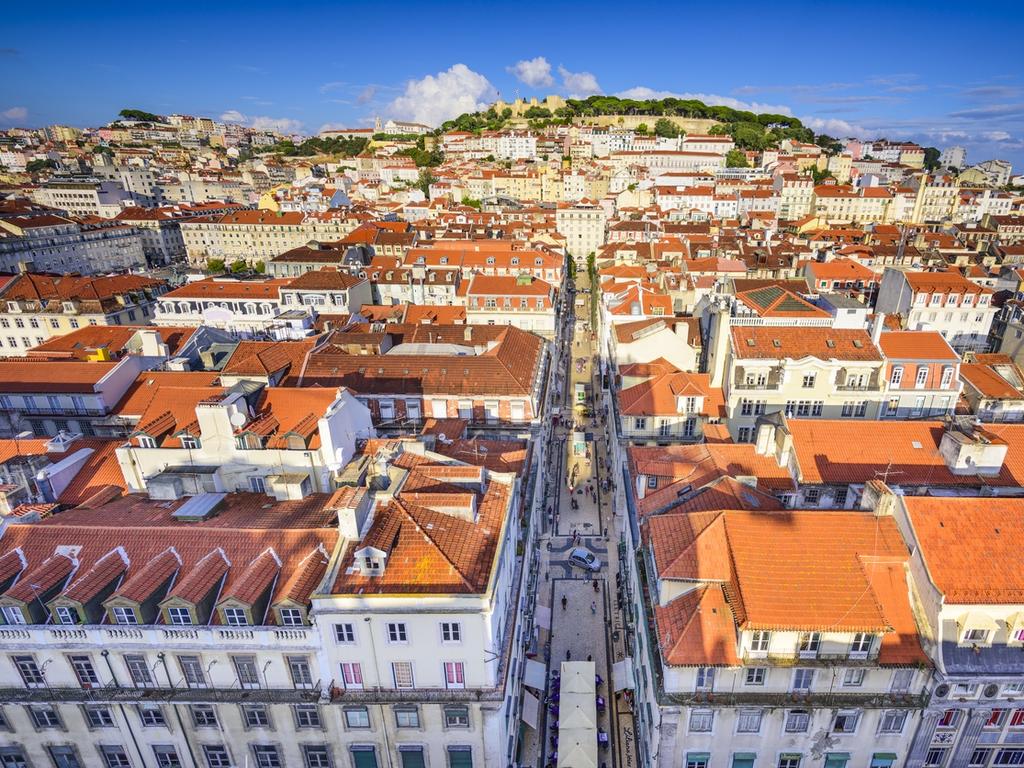

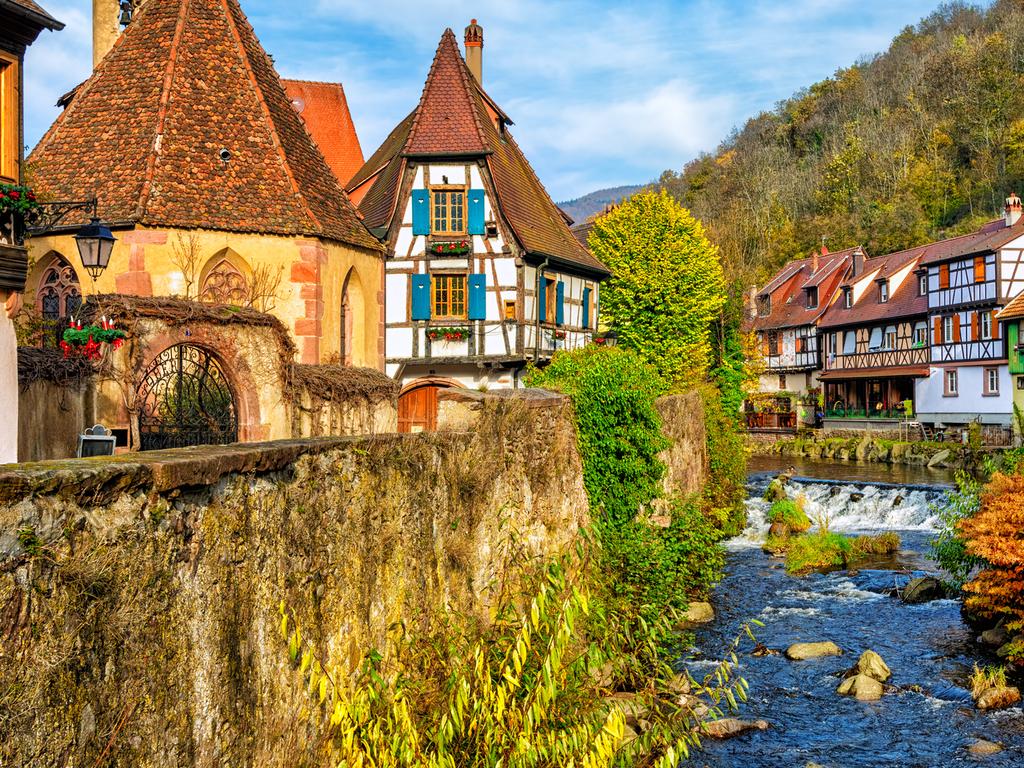
To join the conversation, please log in. Don't have an account? Register
Join the conversation, you are commenting as Logout